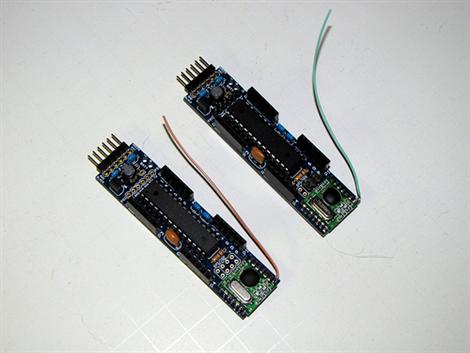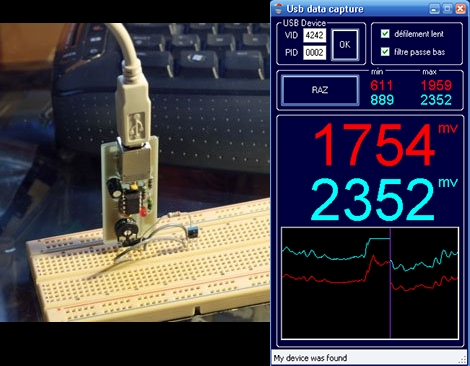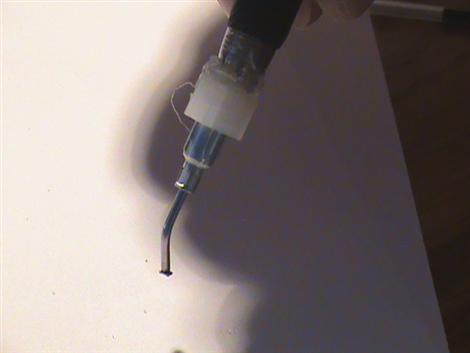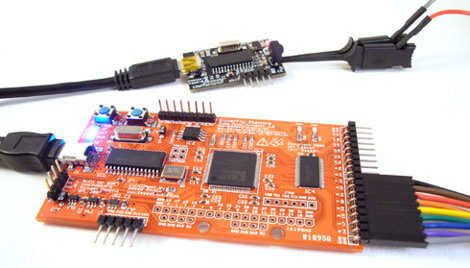[Steve Hoefer] pulled together a great hack for the friendless. This glove will play a heated game of rock-paper-scissors against you. [Steve] realized that the middle and fourth fingers are all that need to be monitored to decide which of the three signs you are making. He used flex sensors on the back of these fingers as an input. There is also an accelerometer to judge the three shakes that lead up to the shoot.
The small screen you see displays what the glove chose and is a hack in itself. This idea adapts from an Evil Mad Scientist project, using three sheets of acrylic etched with the different icons and edge-lit with LEDs. All of this, along with a speaker and scoreboard, connect to an Arduino. The icing on the cake? [Steve] coded an adaptive learning algorithm that observes your playing style to gain an advantage.
See this in action after the break. Once you’ve mastered rock-paper-scissors you should consider building other glove-based peripherals.
Continue reading “Game Glove Learns Your Weakness” →

















